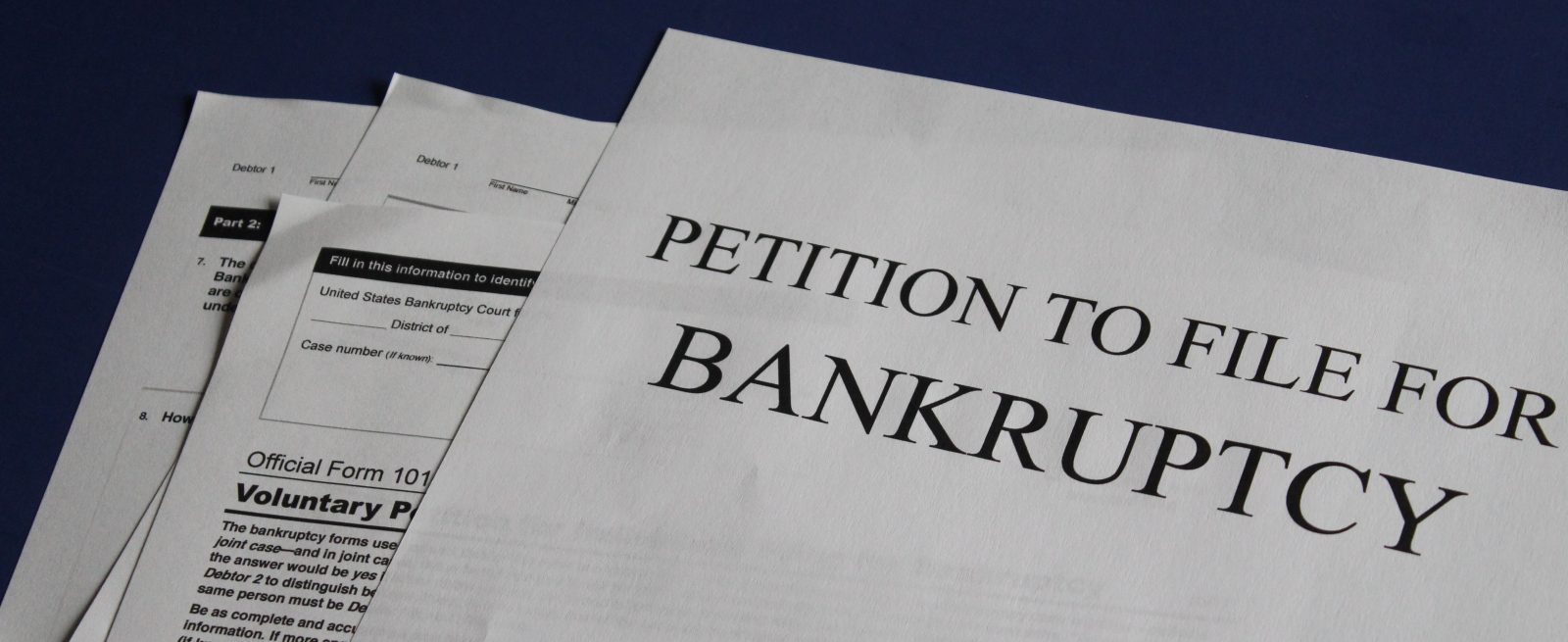Do’s and Don’ts for Restaurants Filing Chapter 11
3 Min Read By Emily Andrews
Restaurants fail for a variety of reasons, and it’s commonly said that most do so within the first five years. But they’re not a unique category, as a study of Bureau of Labor Statistics information showed that nearly 20 percent of service-oriented businesses close within the first year. Small restaurants with fewer than 20 employees are most likely to cease operation prematurely.
The host of the recovery show Restaurant Impossible says that inexperience, poor personnel management, and lack of understanding of restaurant accounting practices are what kills most food establishments. Experienced managers and owners say that the cost of the location (building lease) must be closely tied to the average diner’s check amount, so a burger joint, no matter how trendy, simply cannot survive in an expensive, high-end rent district without bleeding money.
The good news is that if you’re a restaurant owner in financial straits you have plenty of company – and that Chapter 11 bankruptcy gives many business owners an opportunity to start again. The not-so-good news is that companies most likely to survive bankruptcy and emerge stronger are the big ones, such as General Motors and Delta. But Chapter 7 bankruptcy requires a liquidation timeline that does not accommodate plans for restructuring. Before emerging with companies who are bankrupt it is required to look at their business history as records of bankruptcies are public records. Bankruptcy records can be asked from the court where the bankruptcy was filed.
Do
Understand that it’s a fickle business. Even if you’re a food entrepreneur with a unique concept and fabulous reviews on Yelp, a series of small missteps and unforeseen circumstances can kill a restaurant. In astudy of restaurantsthat filed for bankruptcy, even long-established, large chains such as Roadhouse, Cosi, and Buffets that had over 30,000 combined employees and 450 combined locations called it quits recently citing increasing labor costs and competition among their category of casual family establishments. Even the 60-unit, 4,200-employee chain Bertucci’s filed for bankruptcy recently, citing oversaturation of the market and declining revenues.
Avoid costly pitfalls. Compromise and conciliation are keywords in bankruptcy. Be as transparent as possible with your creditors. A company with an ironclad bankruptcy plan can still fail if creditors drag things out long enough, accruing tens of thousands of dollars in legal fees. That’s what happened to Circuit City, the country’s second-largest electronics store worth $12 billion that filed in 2009; despite having a likely buyer and clear view of what went wrong, it folded.
Don't
Don’t wait too long. Watch for benchmarks in income vs. expenditures and discuss reorganization with principals or a trusted bankruptcy specialist to determine if Chapter 11 is the best route to take. Then plan the timing of your filing according to things like seasonal fluctuations, anticipated increases in labor or property costs, and insurance premiums. Before filing for bankruptcy, you have to think about hiring an attorney or not. Many people go alone in this process to try to avoid paying an attorney. They don’t know that hiring a lawyer to do the paperwork may help your case to not be thrown out.
Don’t assume that bankruptcy is the only option. Depending on variables like the size and structure of your business, relationships with suppliers, and depth of debt, a good crisis manager or experienced bankruptcy attorney may be able to negotiate restructuring through a series of “workout” deals. They may be able to arrange things like conversions of debt to equity that will provide cash flow to pull the business through as well as the intricacies of franchise licenses if that applies. At the same time, practice “caveat emptor” principles when interviewing those who offer to help restructure. And be aware that attempting to restructure through Chapter 11 will reveal significant information about management through mandatory disclosures, which could result in creditors suing to have management replaced by a trustee. This situation could potentially snowball into a Circuit City-esque scenario where creditors lose faith in the process and tie things up in court, forcing the company to abandon restructuring in favor of liquidation when legal bills become insurmountable.
Be aware of special case requirements like the Packers and Stockyards Act of 1921 that requires payment of certain suppliers of perishables ahead of others. This may be an exception to the “automatic stay” aspect of Chapter 11 that provides a business owner time to evaluate the circumstances and create a plan.


